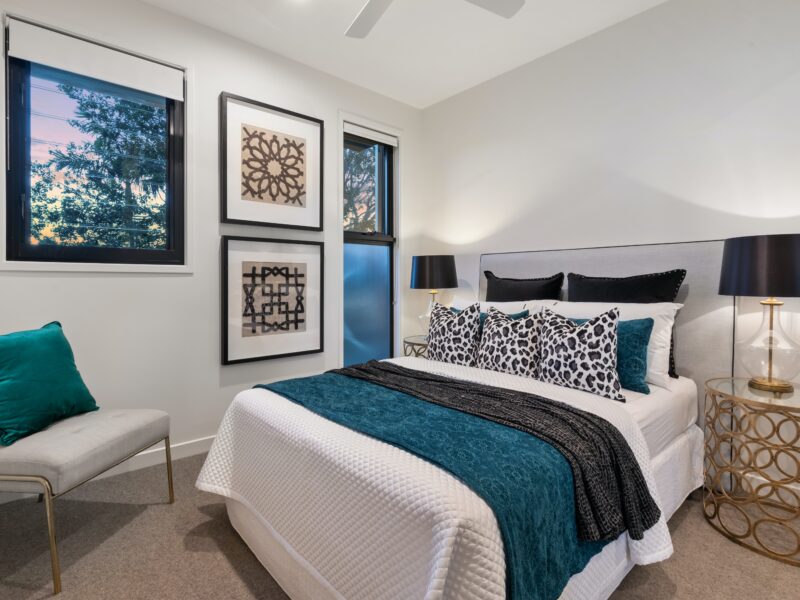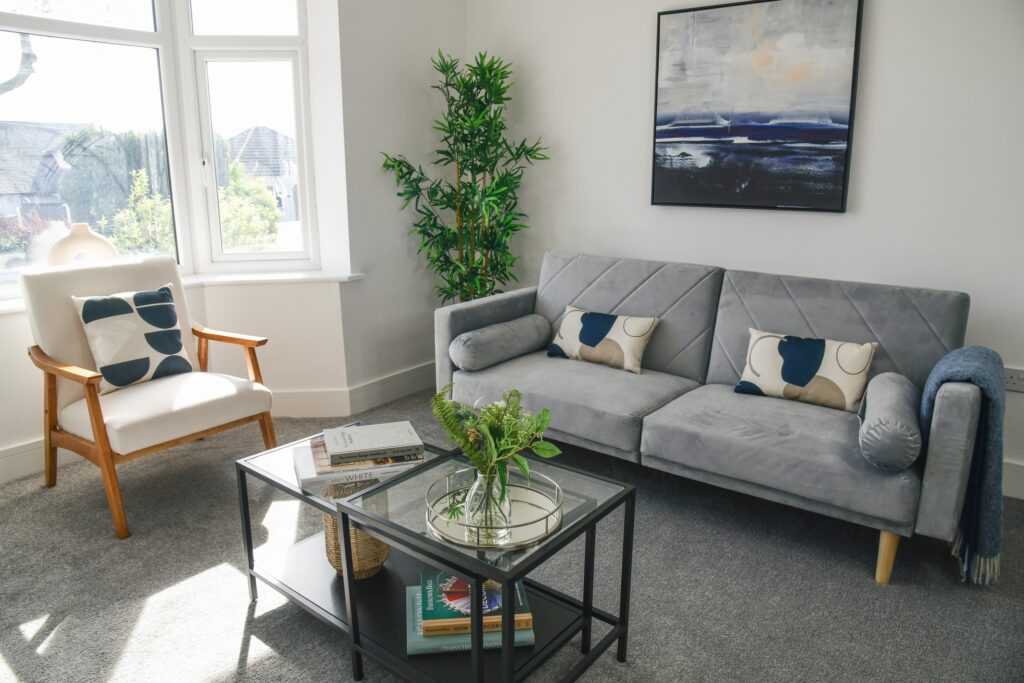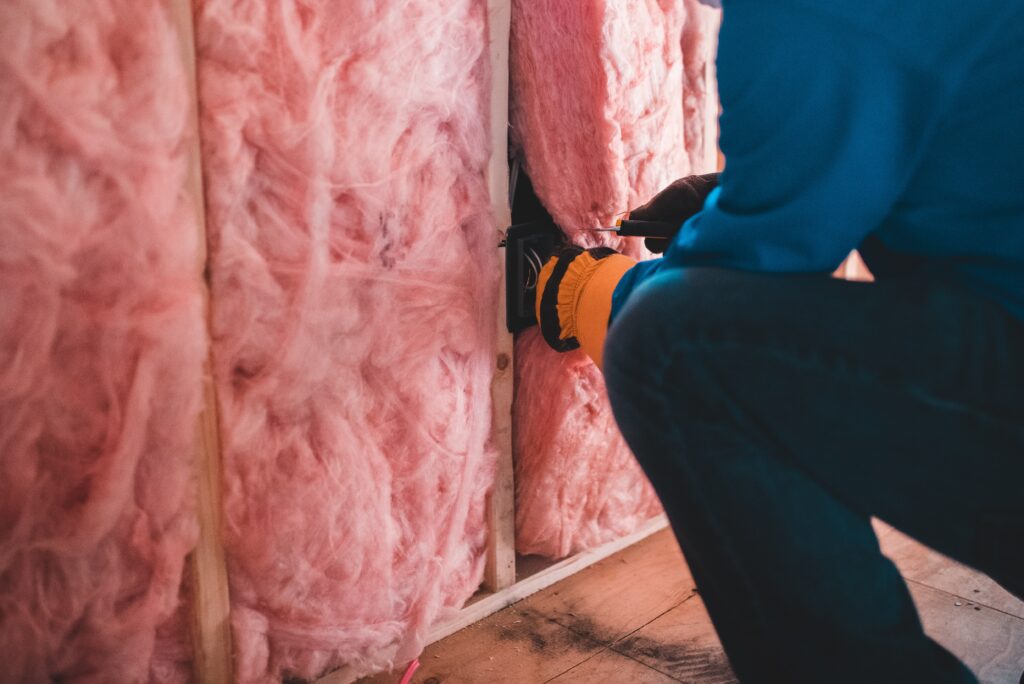
If you are looking at keeping a property investment long-term then you’ll likely have bought and renovated it and will be looking to recoup some of that money once the house is finished. You can refinance onto a new mortgage as long as you have added sufficient value to the house, but what do you need to consider before you book your valuation in?
Timing is everything
You’ll want to book the valuation in as early as possible to get your hard-earned money back to put into your next deal, I’m sure. But don’t be tempted to book it in before all your snagging and final finishes are complete. The quickest way to ensure a down valuation (where the valuer gives a lower valuation than you were expecting) is by showing them a poor finish!
Give yourself at least 2 weeks of contingency (ideally 4) to allow for the build to run over slightly, to give plenty of time to work through your snagging list with your build team and to get the property looking fabulous!
Showing your property at its best
I find it most helpful to imagine your valuer as a buyer, let them see this property at its absolute best. For me that means furniture in place and photo-ready.
Now, if you are planning on renting the property out to tenants (rather than a housing association for example) then you’ll most likely be looking to furnish the property anyway so timing just comes into play here. Get that furniture in place before your valuation. If you aren’t furnishing, then you could consider staging the property for both the valuation and then to help it rent out quickly.
If that isn’t your thing then at least make sure you have some floorplans that show where furniture would be placed to show how you can make the most of the space in your property.
Next, consider some ‘soft staging’ for your property. This means all your soft furnishings, artwork, ornaments and those cosy bits that make a house feel homely. We, at aben interiors, offer this service for those that are looking to rent their spaces and just need help with those finishing bits. The bonus of renting these finishing pieces is that you save money, you don’t have to source everything and set it all up and there is no need to store them afterwards whilst your tenants are in situ.

Valuation day!
If you can be there on the day to meet your valuer, then we would always recommend this. It might be a long trip, but it means they can ask any questions directly and you can build a bit of rapport with them.
Likewise, if you have a tenant in place already it’s great if you can arrange for them to be out at the time of the valuation. Maybe working around their workdays so that you have the property to yourselves for the valuation. Anything to make it a little smoother on the day and so you can ensure the property is presented in a good light.
Revaluation pack
Your property is finished, snagged, and furnished and your valuation day is fast approaching. What else do you need? A revaluation pack of course!
A revaluation pack is your chance to show the valuer everything you have done to get the property from the house you bought to the finished home you are showcasing on valuation day. For us, that means showing the changes we’ve made, the money we have spent, the transformation and an idea of what we are expecting and why.
A valuer is always going to question why you are having a valuation within such a short time of owning the property and they may have been the one who came out to value the property when you purchased it. So, you need to demonstrate the value you have added over that time and just how different the property now is.
Here is a list of what we include in our revaluation packs:
A bit about us
We provide some information on our experience in property, like a super quick property CV, any training we’ve had and any groups we are a part of (such as the NRLA).
The house
Some information on the property, what it was like before, what works we have completed (down to any improvements of insulation, loft conversions etc). Keep in mind where you might have added value and improved the EPC rating.

Schedule of works
We provide a detailed schedule of works with an idea of costs for each line. This shows the valuer what we have done in the time between buying the property and now and helps show them why we have been able to add so much value to the property in such a short time.
Before and afters
We show both the floorplan transformation as well as pictures of some of the main rooms. Again, this just shows the difference we have made to warrant the uplift in value we are seeking.
Marketing and demand
A section on how you will market the property and the demand in your area will give the valuer confidence that it will rent out. This is particularly important if you are looking for either a hybrid valuation (bricks and mortar plus a little extra) or a commercial valuation which rely on the rental figures.
Comparable properties
We always provide a small number of comparable properties along with our thoughts on why the valuation should be similar to other homes or sometimes why our valuation should be higher (the quality of finish or the size of the property might be different).
Appendix
Always provide an appendix with any documents you feel are relevant. This is a chance to show that your build is to the correct standard so think about any building control certificates etc. If your property has been let already then you could also provide the redacted tenancy agreements here too (just make sure to protect your tenant’s data).
That’s it! Once you have your refinance pack ready you can either send it via email ahead of the day or have it printed to hand to them on the day. Some valuers like this more than others but we have found over the years it has proved useful, so we still continue to make them.
I’d love to know your thoughts on this topic! Leave a comment or send me a message…
Sammie Wale – Director
Aben Interiors

Comments